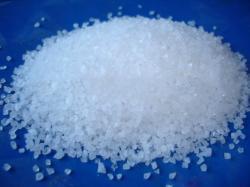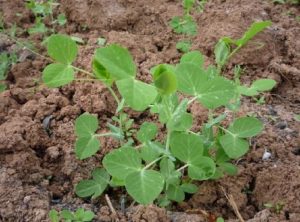Fertilization Technology in Low Temperature
At the end of autumn and begin of winter, the weather is getting cold. In such low temperature, how to apply fertilizer is a difficult problem for farmer. let me introduce you some fertilization techniques in low temperature.
Fertilization methods in low temperature
Some fertilizers can be directly absorbed by soil after application, and some can not. Increasing the application of phosphorus, zinc fertilizer can effectively enhance the plant’s ability to anti-cold. Therefore, we should make full use of natural conditions, according to the scientific characteristics of fertilizer to apply it. At the same time, we can not blindly apply fertilize so that affect crop growth. Then, how to apply fertilizer in winter?
Increasing the application of phosphorus, zinc fertilizer can effectively enhance the plant’s ability to anti-cold. Therefore, we should make full use of natural conditions, according to the scientific characteristics of fertilizer to apply it. At the same time, we can not blindly apply fertilize so that affect crop growth. Then, how to apply fertilizer in winter?
Ammonium bicarbonate should be applied in winter. Low temperature is not good for ammonium bicarbonate volatilization and decompose which will help to improve fertilizer utilization. Ammonium bicarbonate is a kind of ammonium nitrogen fertilizer. It can be directly absorbed by crops when it is applied to the soil, and play it effect quickly, is a kind of typical “quick-fertilizer”. in addition, the nitrogen nutrition of it can also be provided to crops in time. It is studied that topdressing the ammonium bicarbonate in the wheat field in winter, the fertilizer effect of it is 1-1.5 times higher than that in the high temperature season.
Avoid applying urea in winter. Urea is a kind of ammonium nitrogen fertilizer, it can not be absorbed directly by crops when it is applied to the soil. It can be absorbed only when it has a chemical reaction with urease and turns into ammonium nitrogen. The rate of urea conversion is mainly determined by the soil temperature at that time. Under normal circumstances, if there is 10 ℃, we need 7-10 days to make all urea applied in the soil converted into ammonium nitrogen, and there need 4-5 days at 20 ° C, 2-3 days at 30 ℃. If there is applied with urea, the fertilizer effect tend to be decreased so that affect crop growth.
If there is applied with urea, the fertilizer effect tend to be decreased so that affect crop growth.
The application of phosphorus and zinc fertilizer. The absorption about phosphorus and zinc depends on the temperature and light effects of crops. Autumn and winter temperatures are low, in autumn and winter, crops are lack of light which will easy to induce winter phosphorus deficiency. Increasing the application of zinc, phosphorus and zinc can enhance the plant’s cold resistance and also is beneficial to prevent crop frost.
The above is some introduction of fertilization technology in low temperature, we can fertilization according to the local climate conditions.
The article is quoted from: https://www.fert.cn/1005/
The previous: How to Save Fertilizer in Winter?
